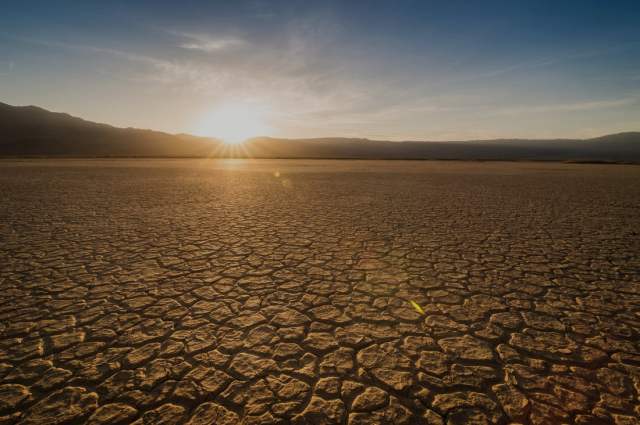Heatwave not only in Mexico but also in North India.
As I said in the quoted post brutal heatwaves ongoing simultaneously in Mexico and India.
I invite all TMC Members to watch the reported video.
You can install our site as a web app on your iOS device by utilizing the Add to Home Screen feature in Safari. Please see this thread for more details on this.
Note: This feature may not be available in some browsers.
Heatwave not only in Mexico but also in North India.



Singapore Airlines: Passengers recall horror onboard flight
One passenger said he heard a woman "screaming in agony" and saw another with a "gash on her head".www.google.com
You remember the Singapore-bound Boeing 777-300ER diverted to Bangkok following the mid-air incident because of a clean air turbulance, making an emergency landing at 15:45 local time (08:45 GMT) with some 211 passengers and 18 crew aboard and which got 104 people treated in hospital, 58 people remain in hospital, 20 of whom are in the intensive care unit, and 73-year-old British man, Geoff Kitchen, died from a suspected heart attack onboard?
Well clean air turbulances hitting planes are getting worse because of the Climate Change issue.

Aircraft turbulence is worsening with climate change. Studying birds could help
Our skies are getting bumpier, making the need to understand and predict turbulence increasingly urgent. Researchers propose birds could provide clues.www.bbc.com
Aircraft turbulence is worsening with climate change. Studying birds could help.
A witness of the Singapore-bound Boeing 777-300ER flight diverted to Bangkok following the mid-air incident because of a clean air turbulance, making an emergency landing at 15:45 local time (08:45 GMT).
I invite all TMC Members to watch the reported video.
BREAKING NEWS!
We have the confirmation of the plane incident of Qatar Airways flight QR017 because of the turbulence over Turkey from Dublin Airport.BREAKING NEWS!
OMG again! A SECOND plane is hit by dangerous turbulence in just a few days.
Emergency Services at Dublin Airport after passengers and crew injured by turbulence on Quatar Airways flight. 12 people were injured on the flight because of the turbulence.
This is what happens WHEN THE PLANET IS HOTTER THAN EVER IN RECORDED HISTORY BECAUSE OF THE CLIMATE CHANGE ISSUE. It’s obvious we will see much more of this despite the fact aviation experts tell us it’s rare.

So please add as much renewables as you can and PLEASE don't add fossil fuels to get energy.
This is important news given to us by the ESA Earth Observation Department. . The EarthCARE Satellite will be LAUNCHED SOON
The EarthCARE Satellite carries four instruments for observations of clouds and aerosols with four synergistic sensing methodologies.
The instruments provide key measurements to answer critical scientific questions related to the role that clouds and aerosols play in reflecting incident solar radiation back out to space and trapping infrared radiation emitted from Earth’s surface which are still unknown.
That's why in the quoted post Dr. James Hansen, former NASA Scientist and Director of NASA GISS, says:
"It's important to have knowledge of aerosol effects on clouds to better rule any climate policy, and we need to do it soon. Time is running short."
Dr. James Hansen
The heatwave hitting Mexico can also be observed by the Satellite.
It is one of the worst and longest heatwaves hitting Mexico.
More than 100 wildfires from Yucatan to central areas and a wide drought are the results. And temperatures could rise again in a few days.

ESA EarthCARE Satellite is launching soon!
According to the tradition satellites are also given nicknames in addition to their ‘official’ names. The nickname chosen for EarthCARE is ‘Hakuryu’ or ‘White Dragon’ in Japanese.

The heatwave hitting Mexico is continuing. There has never been anything remotely close to this.
I am afraid that soon we will have another record Global Temperature Deviation for May 2024.
SpaceX is targeting TODAY for the launch of the EarthCARE Satellite.
Liftoff at 00:20 CEST (Central European Summer Time)
GO EarthCARE!
Think that the people exulting in the reported video belong to the ESA Earth Observation Department. In fact I can recognize the ESA/ESRIN building (Frascati close to Rome--Italy) in the video, where the ESA Earth Observation Department is placed.




